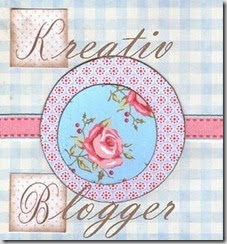
Page 166 Figure4: Orimono soshiki hen [Textile System] Yoshida, Kiju, Japan ca 1903
Draft # 41846
8H 8T
I never truly understood why weaver's sampled before they started a project. Since I had the RH and as long as the yarn fit in the holes of the heddles we were good to go, hence it's such an easy way to weave, not much in the form of calculating as long as you bought the right yarn for the right reed and projet, no much thought would go into it. But now I know why it is important and keeping a weaving journal is a good reference. I know I sound a bit flustered and totally out of my element (this has to be drivel to a lot of the more experienced weavers), but I also realize every weaver started here, sounded the same, asked the same questions, had the same frustrations etc... Like anything else once you learn the how to, in/out you stop sounding like a total twit and can maybe contribute something to another weaver.
I am enjoying the process of learning and figuring out what I'm doing wrong and how to correct it(with extensive help from blog friends). I'm fascinated by all the nuances, techniques and effort that goes into producing fabric, I hope I never loose the excitement of that.




3 comments:
This is going to work for you-soon it will be second nature, too! But weaving always holds the appeal of the 'what if I...?"
You're absolutely right -- every weaver has to start in the same place and learn all those things for her- or himself. There will be some very strange samples on the way (I still have one sample for a scarf which feels more like a karate belt!) but it all counts. Good for you for breaking out of your comfort zone!
Good to hear you're talking of keeping good records on your weaving - they're invaluable. And with more experience you will start to get a feel for what the sett should be for a particular yarn and weave structure. But after 24 years of weaving I occasionally have a project that I end up having to resley the reed to change my sett. We're all constantly learning......
Post a Comment